Indian mantras
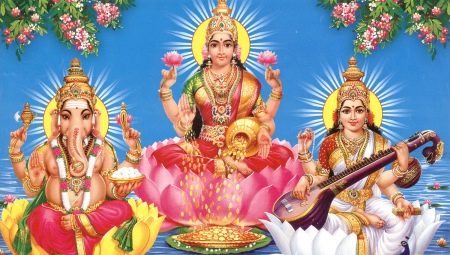
Mantras are no longer considered an exotic curiosity, the meaning of which is incomprehensible to the average person. Today they are used both in spiritual ceremonies and for completely “non-spiritual” meditation practices.
What it is?
Indian mantras are prayers written in Sanskrit, the oldest language of the Hindus. These texts are read in order to turn to some deity for a blessing or the fulfillment of a request. They can be rhymed, although a simple sequence of sounds is also possible.
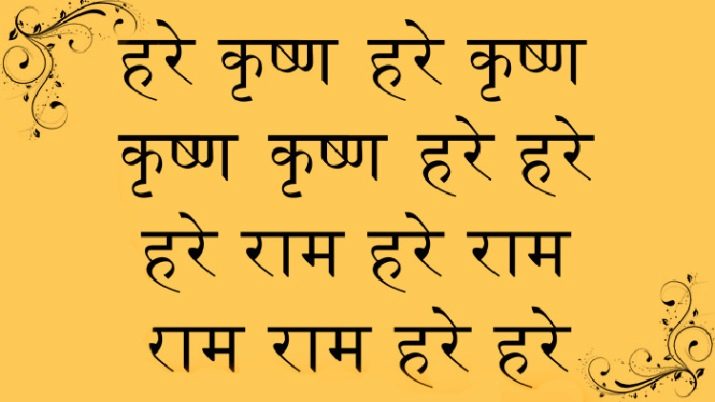
Most often, a mantra consists of just one phrase, which is repeated many times. The name of the word, consisting of "manas" - "mind" and "traya" - "liberation", hides his ability to free the mind from all that is superfluous: information, images, other people's judgments.
That is why Sanskrit syllables are used in meditations to increase concentration on sound vibrations and to dive into oneself.
Reading mantras implies a compulsory understanding of their meaning. Short texts are usually called a conductor between a person's consciousness and his subconscious. The most important and at the same time the simplest mantra is the syllable "Om". He is also a component of almost all other mantras.
Mantras are used in two main ways. The first is mystical, in this case the text becomes a magical tool for achieving goals by interacting with divine entities. The second one is more “down to earth”, aimed at achieving the necessary state during meditation.
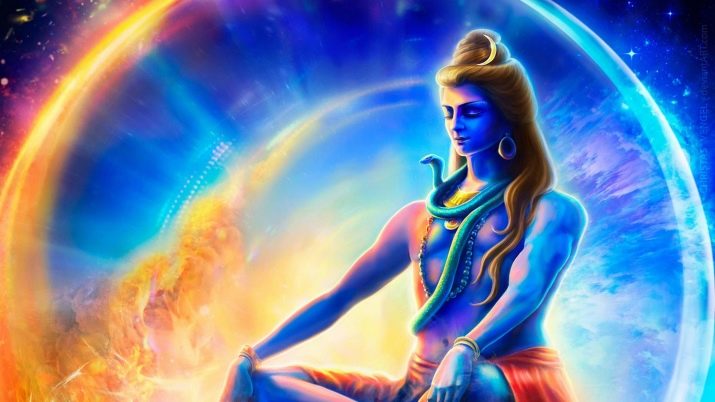
It is customary to distinguish four main types of mantras:
- Pranayama mantra;
- Bija mantras;
- Gayatri Mantras;
- Maha mantras.
It is customary to begin spiritual practices with Pranayama mantras, sending a "message" to your spiritual mentor.Gayatri mantras are not created for mass distribution: they are received from their teacher and they try to keep secret.
When reciting any type of mantra, it is very convenient to use a rosary.
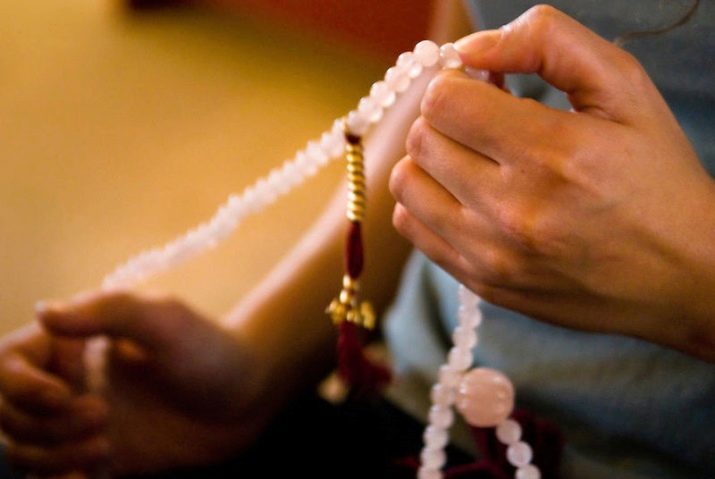
The best mantras and rules for reading them
It is recommended to reproduce mantras in a certain way, observing a number of simple rules. It is important not to rush and not repeat a set of syllables mechanically, and if this begins to happen, then it is better to change the mantra. Going into meditation, you should focus on the energy of the sounds that appear - that is, be sure to voice a short text.
Moderately slow pronunciation and vowel stretching should create a kind of music: you can fully hum the words, repeat them rhythmically or whisper. One should meditate in absolute silence, in a space where there are no bright sources of color. Of course, no one should be around.
Before starting the practice, you can take several deep breaths and exhalations, concentrating on the air that enters and leaves the lungs. In the case when the mantra is used for spiritual practice, it is recommended to recite it for 40 days in a row, and in the amount of 108 times. Moreover, if the mantra is recited by a beginner, then it is better to do it for 60 days in a row.
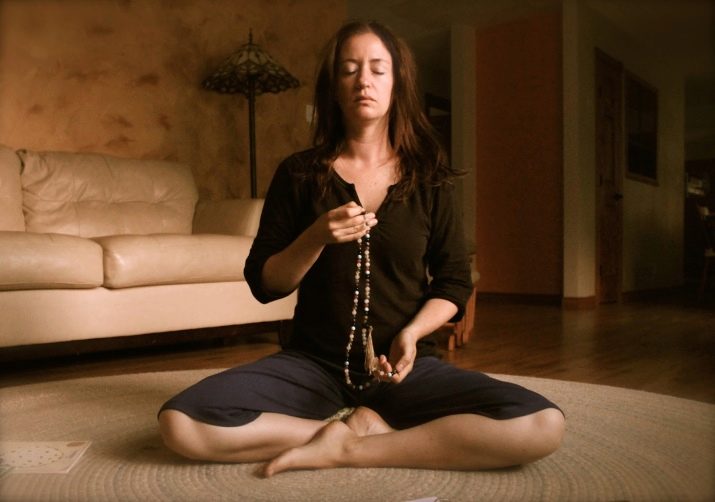
The number 108 times was chosen for a reason - this number is considered sacred, symbolizing the Divine, Wisdom and Infinity.
A very good solution is to read mantras in nature all alone, where no one will interfere even at a subtle energy level.
Before starting the practice, you should take a comfortable position and straighten your back. It is best to cover your eyes, although you can leave them open. It is important that the clothes do not interfere with movement, do not chafe or sting. It is more convenient to breathe during mantropenia through the nose, adhering to a calm rhythm. It is better to strive to pronounce syllables correctly, although the correct mindset is much more important.
It is wiser to limit the first practice to 10-15 minutes, after which the time period can be increased. To begin with, you should choose a simple mantra that is not difficult to repeat, and it is better to act intuitively. It would be most correct to read a few of them, and then decide on the phrase that most resonates.

Spiritual practice requires a preliminary formulated request: health, happiness or fulfillment of desires, as well as a dedication of their practice to the general well-being. It is better to work out each mantra separately, that is, first read one for 40 days, and then move on to another.
Few people manage to completely free their minds the first time and devote themselves to reading the mantra. In principle, this is absolutely normal, and even such a practice, interrupted by one's own thoughts, can be of significant benefit.
Bija mantras consist of one capacious syllable, which already contains their meaning. The strongest is considered the powerful mantra "Om" or "Aum" - according to the Hindus, it is in it that the whole essence of the universe lies. No less powerful is the mantra "Ram", which creates protection from troubles and helps to get rid of fears. It is curious that chanting this syllable can get rid of digestive problems. The mantra "Hrim" in terms of power is located next to the mantra "Aum".
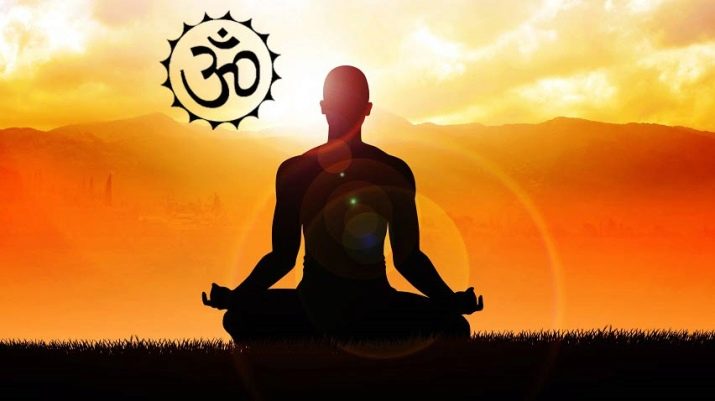
Mantra "Shrim" allows you to turn to the goddess Mahalakshmi, who is the patroness of wealth. Reading a syllable will allow you to gain material wealth, as well as reveal your creativity. The strong mantra "Hum" will also create the necessary protection or will allow you to cope with negative circumstances.
If we talk about more complex mantras, then you should definitely get acquainted with the Tibetan mantra of Padmasambhava. - "Om a hum vajra guru padma siddhi hum." They say that if you read it 100 times a day, you will begin to understand life better, and many innermost desires will come true by themselves.This will happen because rhythmic syllables at the energetic level remove those obstacles that prevent you from getting what you want.

The mantra of Shiva is also popular: "Om namah Shivaya". The universal text makes it possible to turn to God Shiva and ask him for prosperity and material well-being. Reading the mantra of White Tara, a person asks for wisdom or for help in difficult situations. It looks like this: "Om tare tuttare toure mama ayu punya jnana pushtim kuru matchmaker."
Mantra of Green Tara - "Om tare tuttare toure soha" clears the mind from delusions, allowing the flow of positive energy to flow unhindered. Green Tara always comes to the aid of the one who turns to her, and therefore the reading of syllables makes it possible to fulfill desires.
Those who seek enlightenment should regularly chant this mantra.
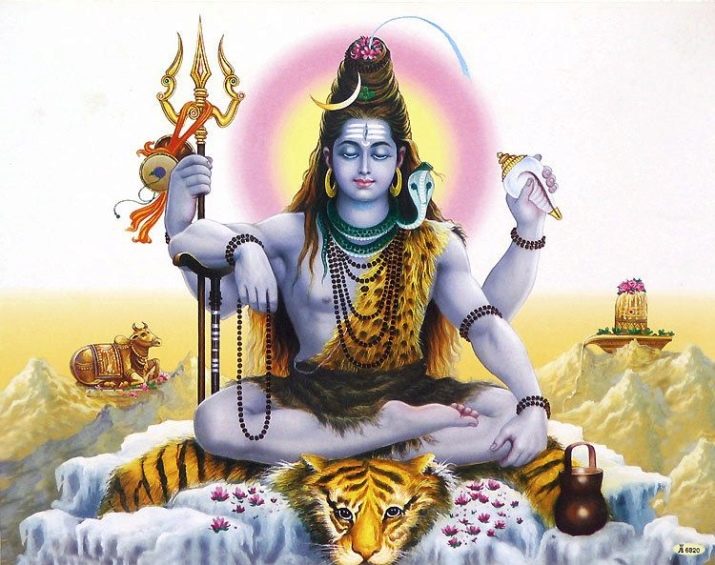
Features of "Om Namah Shivaya"
The beautiful mantra "Om Namah Shivaya" is not only the most important, but also one of the oldest mantras in Hinduism. Its first appearance occurred in the hymn "Sri Rudram", recorded in one of the Hindu Vedas. Its other names sound like "Panchakshara-mantra", "mantra of five syllables" or "Aghora-mantra", "mantra of fearlessness." When a mantra is read together with “Om” (the opposite option is also possible), it gets the name “Shadakshara-mantra”, “mantra of six syllables”.
There are two ways to interpret this combination. In the first, "nama" is the designation of the soul, "shiva" is the World Spirit, and "ya" is the Jiva. The syllable "om" speaks of the destruction of illusions. In another interpretation, "om" symbolizes the whole world, "namah" - "not mine", and "shivaya" - "for Shiva."
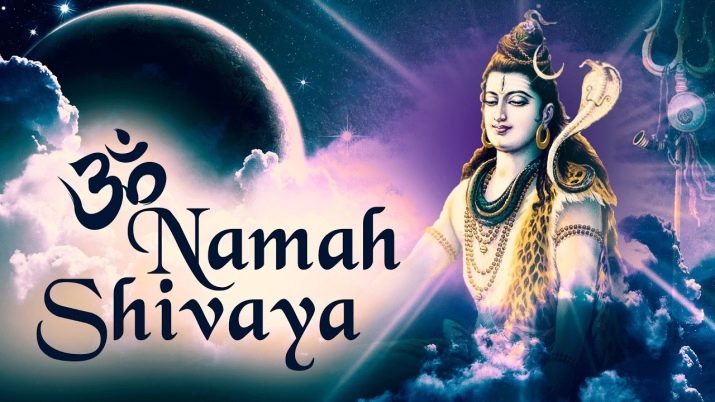
The mantra "Om Namah Shivaya" can be recited at any time of the day, both aloud and mentally, practically without moving your lips. It is best to do this at dawn, although the universal mantras can be recited at any time of the day.
Panchakshara Mantra allows you to get rid of negativity and restore peace of mind.
In order to correctly read Om Namah Shivaya, it is necessary to pay attention to every sound that is unusual for the ear of a Russian-speaking person. Even in the first syllable - "Om" - there should be a slight nasality, and the vowel should be exhaled with the help of the nostrils. The same can be said for the rest of the mantra syllables.

For information on how to read mantras correctly, see the next video.








